For centuries, one asset class has stood above all.
It crowned emperors, paid armies, and rewrote the rise and fall of civilizations.
It has been the thread that stitches together human history. When empires expanded, it financed their ambitions. When monarchies crumbled, it offered their exiled rulers a chance to rebuild. Wars were not only fought over borders but for the right to claim this asset.
And even now, in the digital age, when entire economies tremble under the weight of debt, it’s the only thing that has reemerged as the last safeguard against collapse.
I am talking about gold.
Despite Bitcoin and other paper assets having taken the spotlight, gold remains the ultimate safe haven.
If you are truly looking to protect your wealth, there is no better asset than gold.
In fact, there’s no competition.
Unlike currencies, gold has a 100% track record going back thousands of years.
In an age dominated by data, algorithms, and invisible money, gold continues as the global backbone of stability. Central banks hoard it, smart investors chase it, and entire nations stake their survival on it. Time and again, when trust in paper fades, the world turns back to something timeless, something tangible: gold.
And that includes the most powerful country in the world: the United States of America.
A Golden Shift
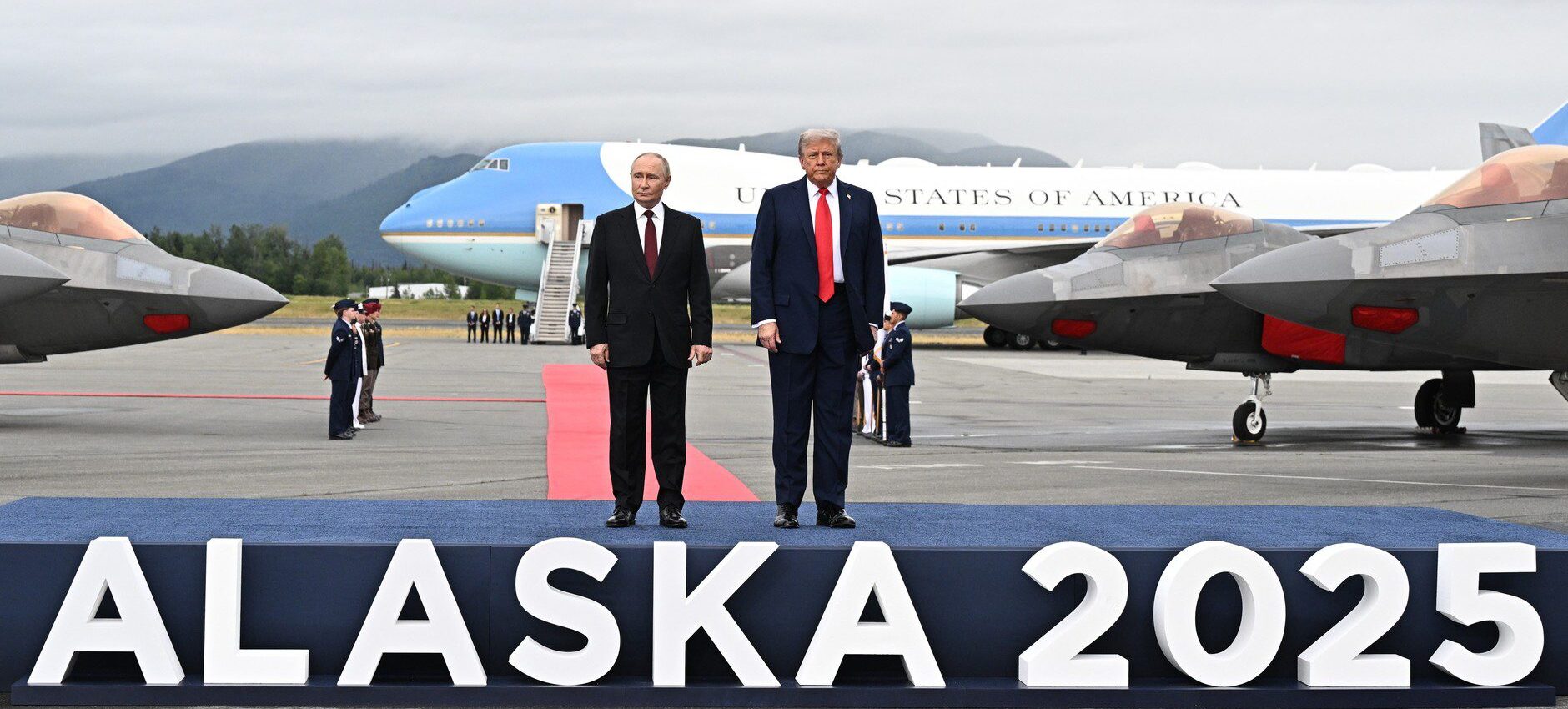
On most days in Washington, the big news arrives with a motorcade and a podium, or in Trump’s case, F-22 fighter jets, F-35s and B-2 stealth bombers.
But behind the polished confidence, the U.S. deficit continues its relentless climb. The government’s playbook seems predictable: take on more debt, raise more taxes, and hope the system holds.
Yet one question lingers — is there a way out of this spiral?
Perhaps there is – at least, there is a way to delay the inevitable…
Think tanks have long served as the world’s professional doom forecasters.
In quiet boardrooms and strategy papers, they imagine the unthinkable: global pandemics, currency meltdowns, cyber wars, energy shocks. Their job isn’t to predict the future — but to prepare for it.
Take the Event 201 simulation in October 2019, organized by the Johns Hopkins Center for Health Security with the World Economic Forum and the Gates Foundation. It was a tabletop exercise modelling the global impact of a coronavirus outbreak. Months later, COVID-19 swept across the globe, making that hypothetical real.
This wasn’t the first time foresight seemed prophetic (or planned).
In the late 1990s, RAND Corporation and others were publishing scenarios about cyber warfare — years before state-sponsored cyberattacks became headline news. The Atlantic Council warned of Russia’s potential invasions in Eastern Europe well before Crimea and Ukraine confirmed those fears. After the 2008 financial crisis, think tanks from Brookings to Peterson Institute ran endless war games on sovereign debt defaults — scenarios that later echoed in Greece’s near-collapse.
Even pandemic preparedness exercises before COVID were not unique. There was Clade X in 2018, also run by Johns Hopkins, simulating a fast-spreading respiratory pathogen. The U.S. government’s Dark Winter exercise in 2001 had already modelled how a smallpox attack could overwhelm systems.
Over and over, these institutions sketch out futures that sound extreme — until they suddenly aren’t. For them, it isn’t paranoia; it’s preparation. And history shows that when they run their simulations, the world should pay attention.
Especially when the world’s largest institution speaks.
The Research Note
Earlier this month, the Federal Reserve quietly published a research note that governments, facing swollen debts, are studying whether to fund themselves by revaluing their official reserves by using gold.
Via the Federal Reserve:
“With public debt at high levels, some governments have begun to explore financing additional expenditures without raising taxes while also not increasing public debt outstanding. One possibility is using proceeds from valuation gains on gold reserves, as has been floated in the U.S. and Belgium recently. For the U.S., this would involve revaluing the government’s 261.5 million troy ounces in gold reserves—the largest gold reserves globally— from a statutory price of $42.22 per troy ounce to current market prices, which stand around $3300 per troy ounce.”
The report reviews how countries like Germany, Italy, Lebanon, South Africa, and even tiny Curaçao & Saint Martin have dipped into their reserve “revaluation gains” — the paper profits from rising gold and currency values — to buy themselves time when fiscal pressures mount. Sometimes, the proceeds were used to cover central bank losses, like Italy’s €13 billion maneuver in 2002 or Curaçao’s creative gold transactions after 2021. Other times, governments themselves seized on the windfall to shrink debt, as Lebanon did in 2002, channelling revaluation gains worth a staggering 11% of GDP.
The Fed’s analysis makes one thing clear: reserve revaluations are a quick shot of liquidity, not a cure. They can plug short-term holes, stave off embarrassment, or ease political pressure, but they don’t solve the structural reality of chronic deficits.
But of course, the Fed will tell you that. It will tell you that it’s really no big deal; that it won’t solve the current problems (which is true).
Especially if it benefits the Fed.
In order to understand why the Fed would want to do this, you have to understand what would actually happen if the US were to revalue its gold.
The Magic of Accounting
While the Fed quietly dismisses the research note, the real story — the one almost no one sees — lies in an obscure Depression-era relic called the Gold Certificate Account.
Created in 1934, it forces America’s gold to be valued at just $42 an ounce, a fraction of today’s market price. Hidden in that accounting quirk is a reservoir of untapped wealth.
The U.S. claims to hold 261.5 million ounces of gold. On paper, that stash is worth just $11 billion. At today’s price of over $3,300, it’s worth nearly $900 billion — almost 3% of US GDP.
In other words, the US can revalue this gold by leveraging it as collateral.
The Gold Certificate Account
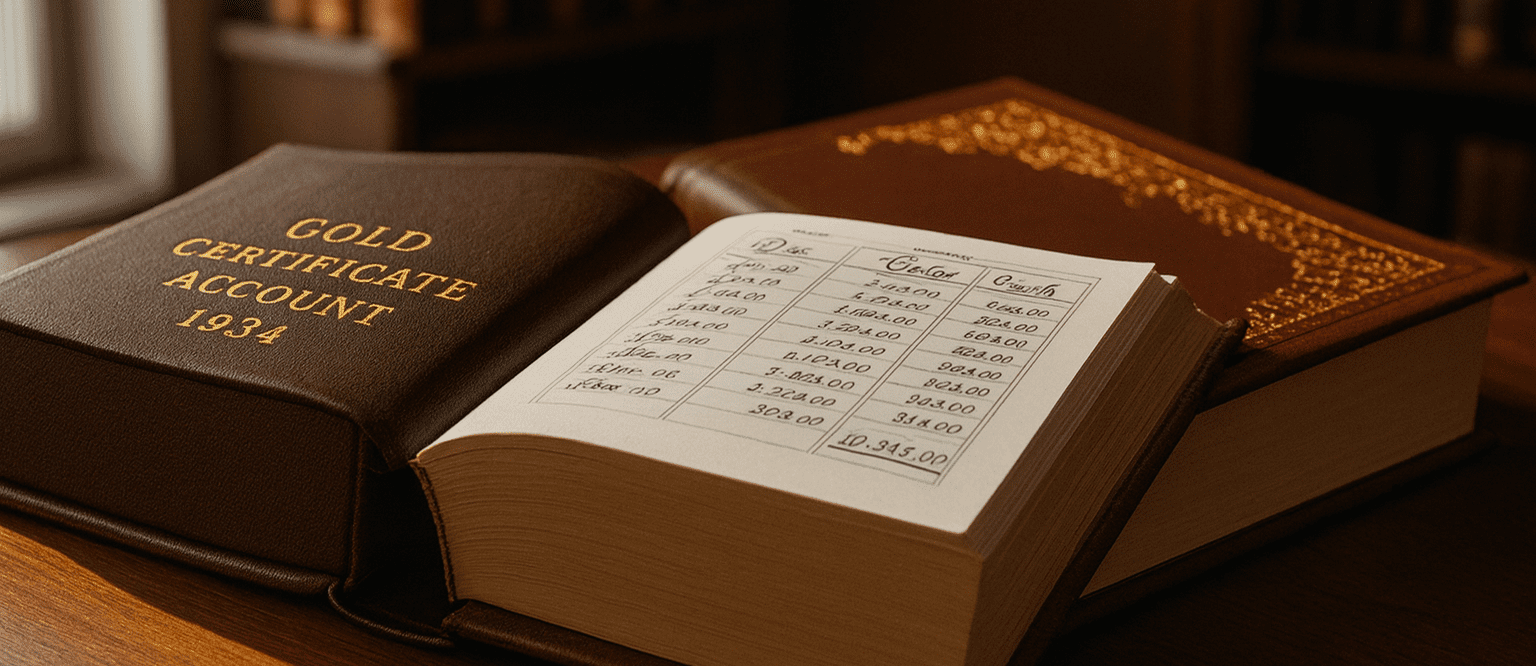
You won’t find a red button labelled “Revalue Gold” on anyone’s desk.
What you will find is a pair of interlocking ledgers.
Per the Fed’s Financial Accounting Manual:
“The Secretary of the Treasury is authorized to issue gold certificates to the Reserve Banks to monetize gold held by the U.S. Department of the Treasury.” At any time, the Treasury may “reacquire the gold certificates by demonetizing the gold.”
Historically, almost all of the government’s gold has been monetized this way, which is why the Fed’s Gold Certificate Account sits at roughly $11 billion — the statutory value, not market value.
What would a revaluation look like in practice?
The Fed note lays out a stylized balance sheet path, drawn from other countries’ experience: Treasury retires the old certificate, sets a new official price, transfers gold to the Fed at the higher price, receives a much larger Fed credit, and then re issues a certificate at the new level. No gold bars move – just the balance sheets do.
The Fed calls it a one-off that “would equal about 3 percent of U.S. GDP” at today’s market prices.
But here’s the sleight of hand no one sees.
The Treasury owns America’s gold — all 261.5 million ounces of it — but the Federal Reserve carries a claim against it through the Gold Certificate Account.
By law, the Fed can’t take possession of bullion, so it holds certificates valued at just $42.22 an ounce.
So what happens if Washington decides to reprice gold and credit the difference to the Fed?
Suddenly, the Fed’s balance sheet fattens, Treasury’s account fills with cash (which will be spent quickly), and the government sidesteps another debt-ceiling circus (for now).
And suddenly, the Fed just took control of the United States’ entire gold stash.
Now, I know what you’re thinking: “But the Federal Reserve already owns those claims.”
And you’d be right, but…
The Fed Owns Everything
Here’s the punchline: the Fed only owns claims locked at $42.22 an ounce.
Because the Fed can’t own the gold directly, the United States could theoretically pay those claims back in cash.
In other words, the United States could buy back nearly $900 billion of gold for just $11 billion, leaving the Fed with no claims against the gold.
But, of course, the Fed won’t let that happen – nor would revaluing make any sense for the United States without an ability to monetize that gold.
So, after the United States “buys back” the gold for $11 billion, it then immediately sells it back to the Fed at the market price of $900 billion.
The United States gets $900 billion worth of Fed dollars, without borrowing, interest rates, or printing any new money. The Fed gets $900 billion worth of gold for, well, nothing.
That’s what revaluation means in a nutshell.
And here’s where the story gets darker.
Gold isn’t unique. It’s just the most obvious example. The principle is the same everywhere: the Fed doesn’t need to own the thing — it needs to own the number that defines the thing. That’s how, when crisis demands, the Fed already buys Treasuries, mortgage bonds, even corporate debt.
That’s precisely why in 2016 we told readers that stocks would continue to climb because the player with the deepest pockets was buying. And that, of course, is the Fed.
So connect the dots.
If the Fed can reprice gold and turn $11 billion into nearly $900 billion overnight, what stops it from extending that logic? A market crash, a fiscal collapse, a war — and suddenly the Fed isn’t just the buyer of last resort. It’s the owner of last resort. Stocks. Land. Digital assets. Whatever it needs to stabilize “the system.”
That’s the real mechanism of power. Ownership by number. The Fed doesn’t need to seize gold bars or stock certificates. It just changes the accounting, and the world falls in line.
Which leaves us in a system where “value” is whatever the Fed says it is. The conclusion isn’t that the Fed owns gold; the conclusion is that the Fed owns everything.
So what’s left that can’t be conjured, repriced, or papered over? What can’t be “switched off” with a keystroke?
The answer is the same one central banks themselves have been quietly hoarding for years: gold.
Because gold doesn’t need the Fed’s permission to exist. It isn’t someone else’s liability. It isn’t an entry in a ledger that can be redefined overnight. It’s the one asset that sits outside the Fed’s reach — unless, of course, they revalue it to “rescue the system.”
And when they do, that revaluation proves the point: gold is the ultimate protection, because it is the denominator they can’t print.
The Fed may own everything that lives on paper. But the one thing that outlives the paper is gold.
The ECB noted last year that at market prices, gold has overtaken the euro as the world’s second-largest reserve asset, second only to the US dollar – or should I say, Fed dollar.
In other words, if gold is revalued by the United States, the Fed will not only be in full control of the world’s reserve asset, but it will also be in control of the world’s second-largest reserve asset.
Let me repeat this: the Fed owns EVERYTHING.
But here’s the biggest kicker…
Conclusion
It is assumed that when gold prices go up, the dollar weakens. While that’s somewhat true, everyone has overlooked one very important thing.
If the United States revalues gold today, it gets access to nearly $900 billion – without any printing, borrowing, or hikes in taxes.
The same can be said for other countries and central banks.
Now, what if gold appreciates to $8000 per ounce?
That revaluation becomes $2 trillion – and all it takes is a stroke of the pen.
In other words, the higher the price of gold, the more likely Congress is to revalue the gold certificates.
Given the massive and rapidly expanding debt load of the United States, it’s actually in America’s best interest to have higher gold prices.
Don’t be surprised to see Trump or other politicians promote the heck out of gold – especially if a revaluation is coming.
Seek the truth and be prepared,
Carlisle Kane
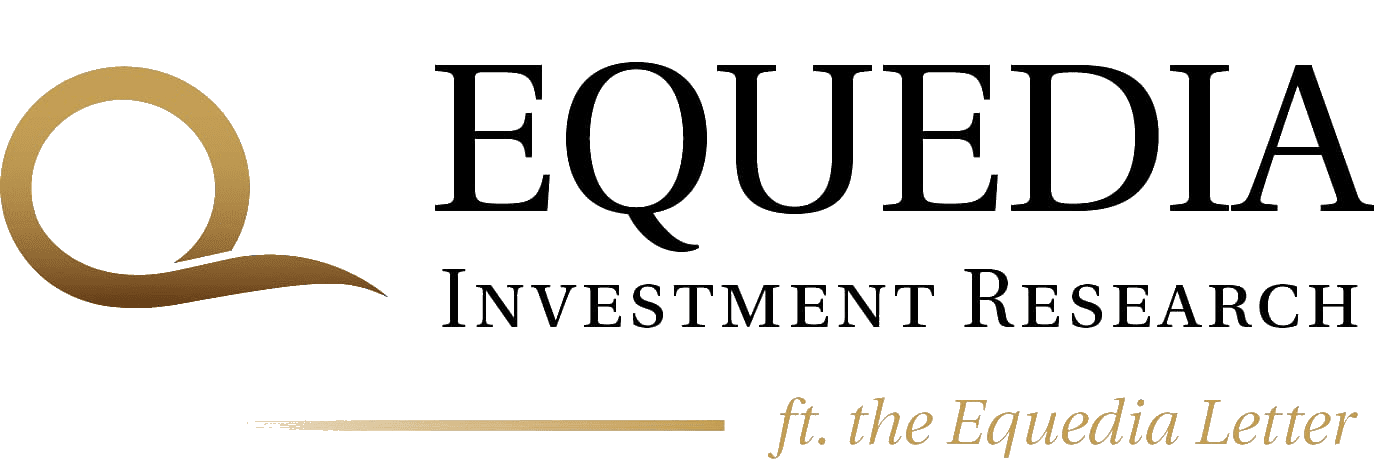
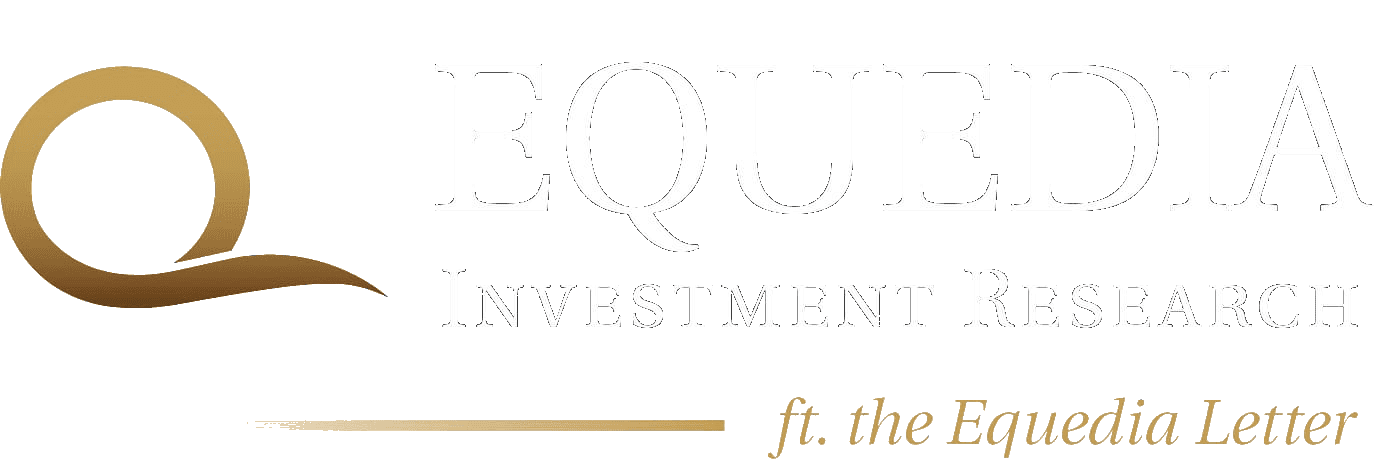


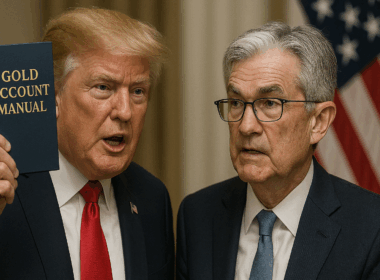

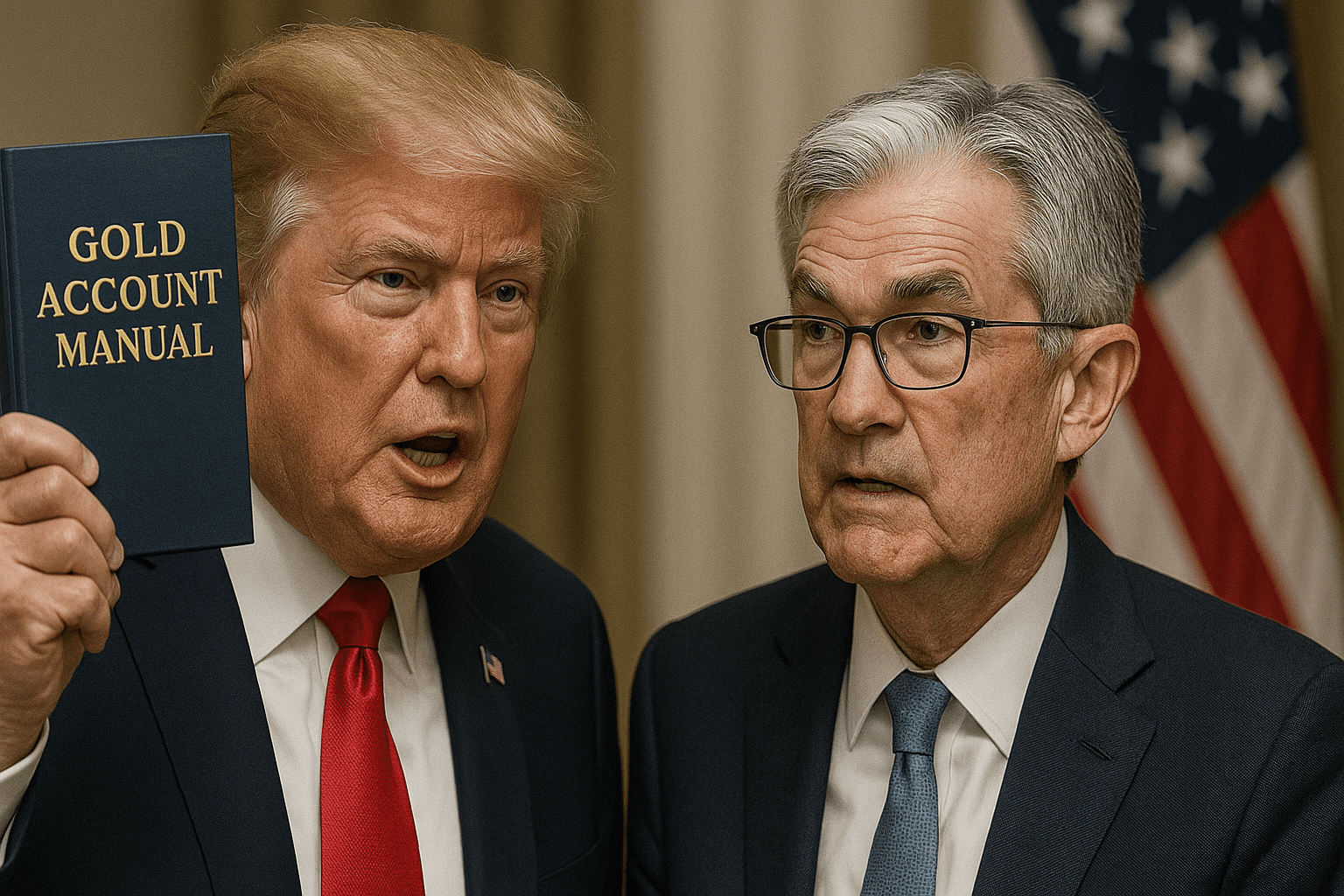





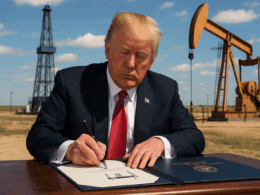
GREAT ARTICLE!!! A lot of information that is normally secret from most taxpaying people, like me.
How about an article on LOTTERY’s?? My viewpoint is Lotteries are the most EVIL, legal system in the country. Totally 99.9 % waste of money from 99.9 % of ticket buyers. WHAT A SCAM!!!
Buy a ticket and NEVER WIN!! Buy a million tickets and NEVER WIN!! Usually the winner, if any, must pay most winnings to Fed. taxes, State taxes, County taxes, City taxes and other taxes.
This is where the word SCAM fits perfectly.